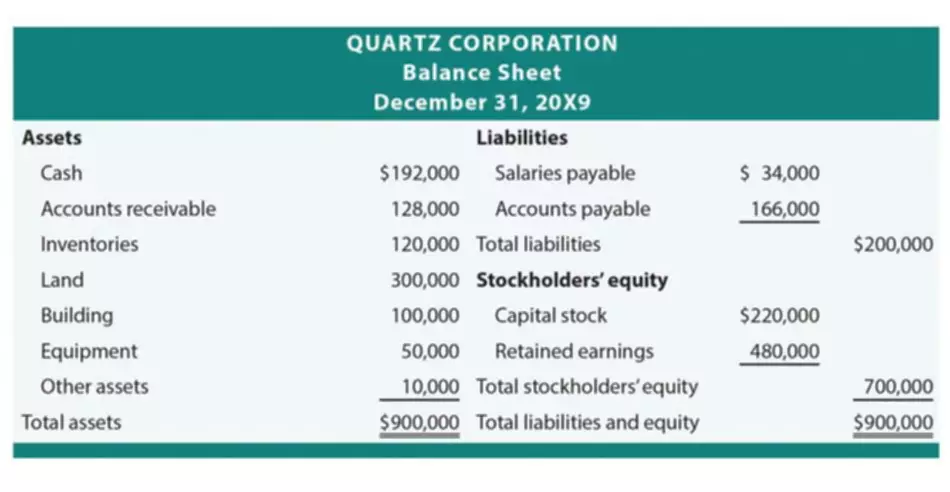Content
- Activity Based Costing
- Activity-Based Costing Method in Accounting
- When Should A Business Consider Using ABC?
- Advantages and Disadvantages of Creating an Activity-Based Costing System for Allocating Overhead
- Which of the following is a limitation of activity-based accounting?
- Discuss 2 advantages and 2 criticisms of Activity Based costing
- Facilitates cost reduction

The activity based costing hierarchy serves as a framework for managers to establish cost pools and determine what drives the change in costs for each cost pool. It also provides a sense of how quickly costs change based on decisions made by management. Examples of activities often identified by companies using activity-based costing, and how these activities fit in the cost hierarchy, appear in Table 3.2 “Cost Hierarchy Examples”. Are required to produce batches of products and include items such as machine setups and quality inspections.
- The lesson is to move carefully in using cost information.
- Finally, ABC data can be helpful for budgeting and planning purposes.
- Activities required to produce individual units of product, such as direct materials and direct labor.
- An activity is any process or procedure that consumes overhead resources.
- Management can outsource any activity if that incurs a higher cost domestically than outsourcing.
That might lead them to seek your https://www.bookstime.com/s from competitors. This would lengthen your sales cycle and reduce your revenue. If your prices are too low, your business won’t maximize its profit margins. You’ll also lose opportunities to experience meaningful growth. The ABC system of cost accounting is based on activities, which are considered any event, unit of work, or task with a specific goal.
Activity Based Costing
We also reference original research from other reputable publishers where appropriate. You can learn more about the standards we follow in producing accurate, unbiased content in oureditorial policy. ABC is used to get a better grasp on costs, allowing companies to form a more appropriate pricing strategy.

The Chinese electricity company Xu Ji used ABC to capture direct costs and variable overheads, which were lacking in the state-owned enterprise’s traditional costing systems. The ABC experience has successfully induced standardisation in their working practices and processes. Standardisation was not a common notion in Chinese culture or in place in many Chinese companies. ABC also acts as a catalyst to Xu Ji’s IT developments – first accounting and office computerisation, then ERP implementation. ABC is very good for determining which overhead costs should be included in this minimum cost, depending upon the circumstances under which products are being sold. We have now arrived at a complete ABC allocation of overhead costs to those cost objects that deserve to be charged with overhead costs.
Activity-Based Costing Method in Accounting
In the table below, we present several examples of the cost drivers companies use. Most cost drivers are related to either the volume of production or to the complexity of the production or marketing process. Calculate the per unit profit for each product using the plantwide approach and the activity-based costing approach.
Activity based costing classifies all activities as either value-added or non-value added. Value-assed activities increase the worth of a product or service to the customer while non value-added activities do not increase the worth of a product or service to the customer. Value-added and non-value added lets the company know which products increase the perceived value of a product or service to customers and which activities can be eliminated. Identify and classify the activities involved in the manufacture of specific products and assign overhead to cost pools. ABC is a methodology that is used to determine the total cost of manufacturing a product.